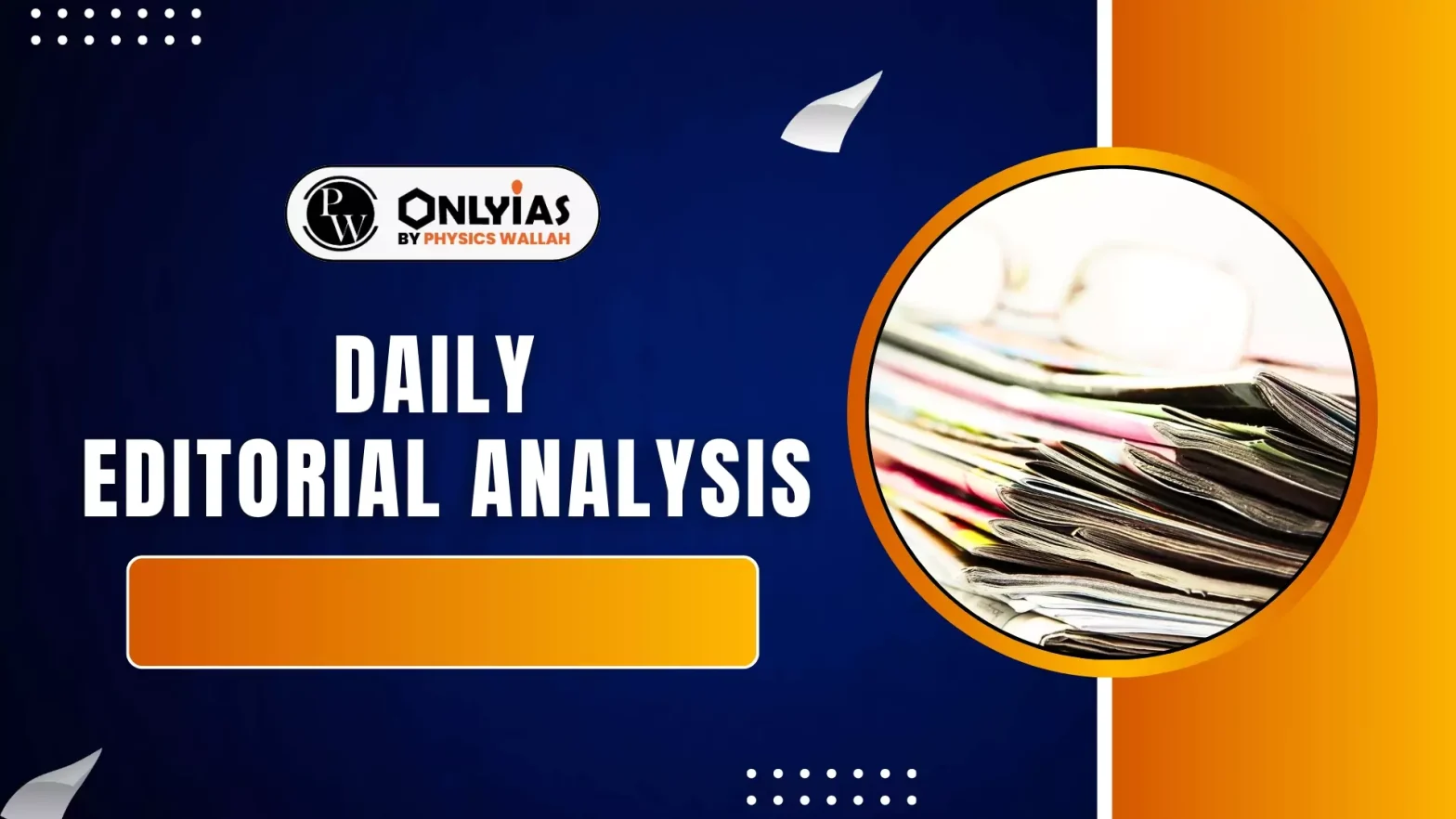A growing number of internal migrants, especially from poorer to richer regions, are unable to vote.
About Migrants
- A Migrant is defined as a person who leaves their village, city, or state to go elsewhere for work or even other purposes, such as marriage.
- Migrants can be broadly classified into two types:
- Intrastate Migrants: These are individuals who move within the same state. For instance, moving from Patna to Gaya within Bihar.
- About 85% of all migrants are intrastate migrants
- Interstate Migrants: These are individuals who move from one state to another, such as from Bihar to Delhi.
- Patterns of Migration
- As per 2021 data, India’s overall migration rate was 28.9%.
- Although most women migrate due to marriage, about 10% migrate for work, a much higher figure in states like Bihar.
Reasons For Non Voting of Migrants
- Migrants face several hurdles in returning to their home constituencies to vote:
- Time Off: Daily wage earners, for instance, cannot afford to take time off work.
- Loss of Wages: Missing work means a direct loss of income.
- Travel Expenses: The cost of travel back and forth can be substantial.
- For example, in the 2024 Lok Sabha elections, Bihar’s voter turnout was only 56%, despite its people being highly interested in politics.
- This is much lower than the national average turnout of 66%.
Solutions For Addressing Voting Problem Of Interstate Migrants
- Remote Voting Machine (RVM):The Election Commission of India (ECI) showcased this project in 2023. The idea is to set up a remote voting machine in an area where a large number of migrants from a particular state reside.
- For example, if many Bihar migrants live in Mumbai’s Dharavi, an RVM could be set up there, allowing them to vote for elections happening in Bihar.
- Challenges associated with RVM:
- Political Opposition: Politicians have expressed concerns.
- Identification of Migrants: Questions arise about how to accurately identify legitimate migrants and prevent fraudulent voting.
- Model Code of Conduct Confusion: If elections are in Bihar, the Model Code of Conduct applies there. But it wouldn’t apply in Maharashtra where the RVM is located, leading to confusion.
- Logistical Complexity: Implementing RVMs requires extensive planning and can be difficult to scale, especially finding specific locations with high concentrations of migrants from various states.
- Postal Ballot System: This system is already in use for the Army. Migrants would register in advance to use a postal ballot.
- A ballot paper would then be sent to their address, they would vote, and then mail it back to the Returning Officer.
- This system is considered manageable as it’s already implemented for a specific group.
- It requires migrants to register beforehand and dispatch their voted ballots.
- Voting Constituency Switch: This option is for migrants who have been residing in their new location for more than six months.
- Issues: Local residents might oppose this, arguing that migrants should vote in their home state and view them as outsiders.
- Benefits: Migrants who have settled in a new city for an extended period are more likely to be interested in and vote on local issues of their new residence rather than their old one.
Way Forward: Mixed Strategy
There is no single solution will work for all migrants and a mixed strategy is required to address the issue:
- For informal or distant migrants, Remote Voting Machines (RVMs) could be considered.
- For registered temporary workers, the Postal Ballot System could be used.
- For permanently settled workers, the Constituency Switch option can be explored.
- For intrastate migrants, providing holidays and travel support remains important.
- For women who have moved due to marriage, special registration drives by Election Commission of India (ECI) are crucial, to ensure they can register and vote in their new location.
Conclusion
Ensuring migrants’ voting participation is vital for an inclusive democracy. By combining these different approaches, India can significantly improve voter turnout among its large migrant population, strengthening the democratic process.
![]() 27 Jun 2025
27 Jun 2025

